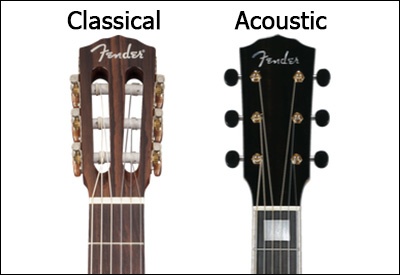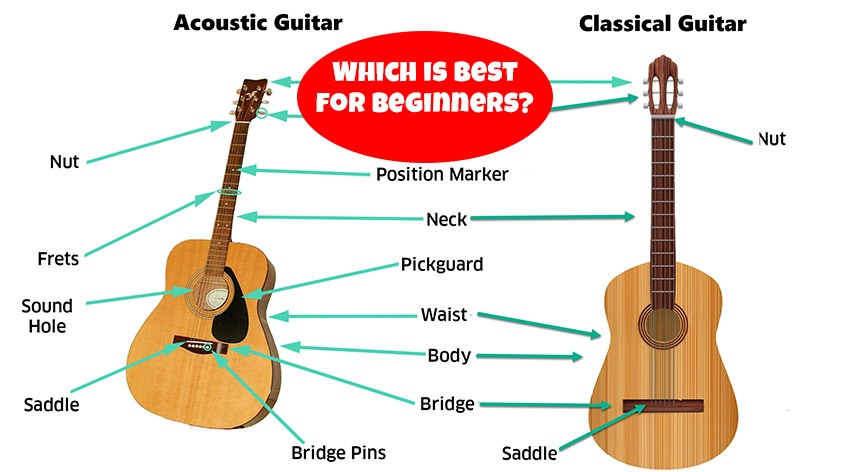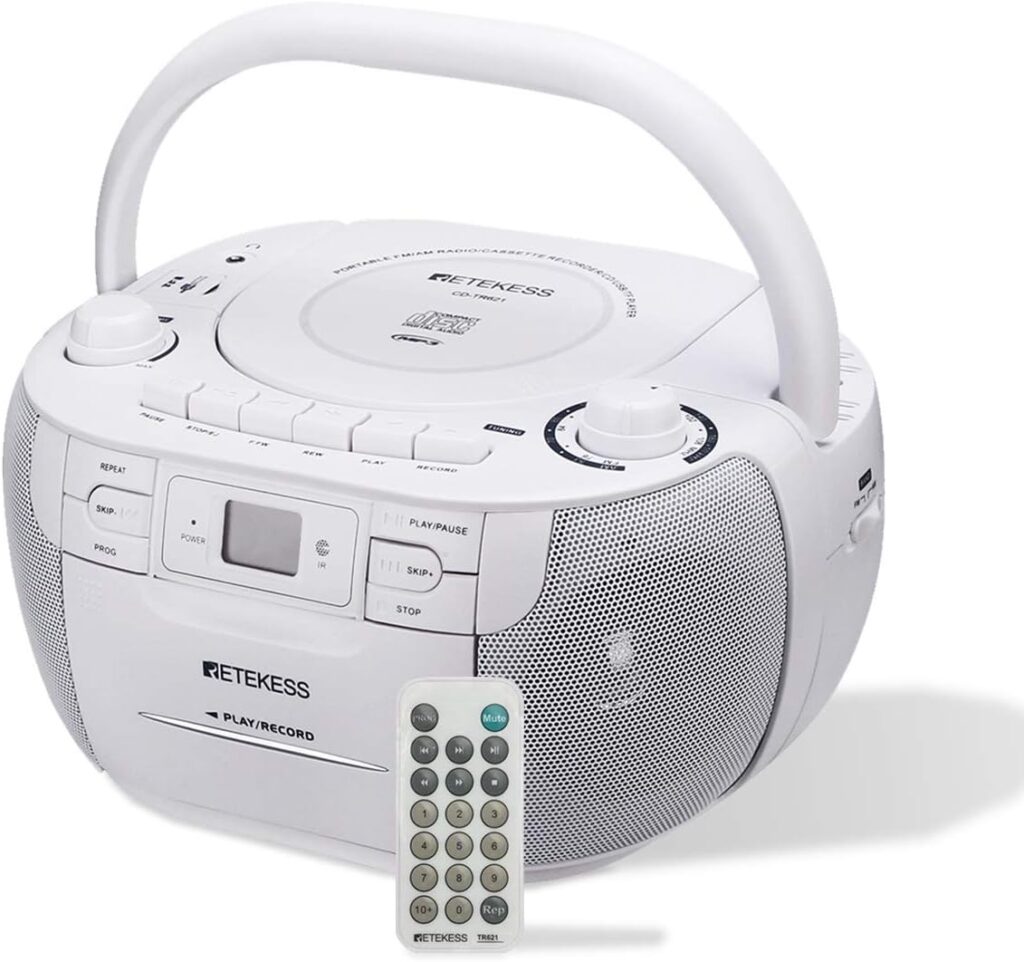When you first learn to play guitar you may be faced with the decision on which of the two popular non-electric types of instruments to start out with. We’ll call this choice… Classical vs Acoustic guitar.
Although they are both in the guitar family, there are a lot of variations in design between the two guitars. Below you’ll find some of the most common differences between classical and acoustic guitars.
For now, it’s all about Classical vs. Acoustic guitars, as we discuss the differences to give you a better idea of what type of guitar might be right for you.
Basic Differences:

String:
String is the most noticeable difference between acoustic and classic guitars. A classical guitar uses nylon strings whereas the modern acoustic uses steel string, hence it’s often referred to as a “steel string acoustic”. With steel strings, acoustic guitar gives you a very twangy and bright sound that resonates (lasts longer) than a classical guitar. Nylon strings give you a more mellow sound, and they are easier on the fingers, it can be a lot more comfortable to play when you’re a beginner.
Body shape:
Acoustic guitars predominantly come in a dreadnought shape which is considerably larger than that of a classical guitar and cutaways where you have access to the higher frets on classical guitars are rather rare.
Fingerboard:

Generally, classical instruments have wider, flatter fingerboards with slightly wider string spacing. In my opinion this makes them super comfortable to play, but people with smaller hands may struggle at first.
Headstock:
This is usually quite a bit more obvious. There are hollows in the headstock of the classic guitar and most of them are looking same. But the acoustic and electric guitar head stocks are available in different designs.
Truss Rod:
The truss rod, or a rod that’s intended to counter the immense amount of pressure that steel strings place on the neck of the guitar, is absent from classical guitars but present on acoustic guitars. Since acoustic guitars use steel strings and classical guitars do not, there’s no reason for a classical guitar to be manufactured with a truss rod.
The Sound
The difference in strings and shape plays a huge part in how the two guitars sound which will also be a deciding factor when it comes to choosing one over the other. Pretty much every favorite band of yours will be using a steel string acoustic rather than a classical guitar. Most guitarists will make the natural progression from classical to acoustic, but very few choose to stay loyal to a classical guitar.
To Sum up —
Classical guitars:
- Easier on the fingers.
- Softer sound.
- Smaller bodies.
Acoustic guitars:
- Better for strumming.
- Louder, larger sound.
- Better for a wider range of musical styles.
In practical terms, which is right for you? The best thing you can do is try as many guitars as you can and see which style is best for you and the music you like to play. If you wish to study classical guitar, play finger-style exclusively, or if you are have sensitive fingers you might be better off with a nylon-string guitar. If you intend to strum and play modern rock or country music you may prefer the steel-string acoustic.






